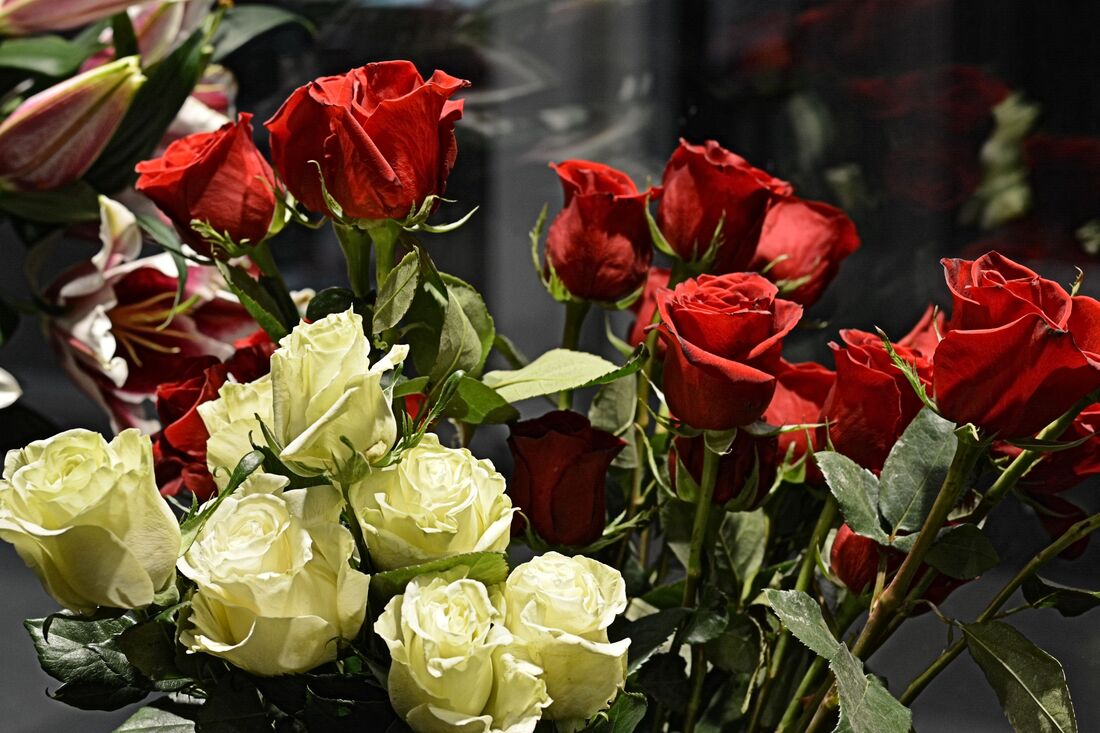|
Roses are a plant that is native to the temperate regions of the Northern Hemisphere, where many people cultivate it for its beautiful flowers. These plants range in colour from white through various yellow, pink, dark crimson and maroon colours.
Roses are among the most common types within the rose family (Rosaceae) because they consist of an estimated 100 species, which can be found mainly around North America's temperate region. They are often cultivated by locals who have discovered their beauty. Though it is challenging to determine the basic species of roses, they are native almost exclusively in Asia. The rose varieties today from North America and Europe may have originated when different Asian types were crossbred by humans long ago. Since then, most hybridization has taken place among these few original plants, giving rise to the many hybrids we see now. Roses have a long and colourful history. They started out as symbols of love, beauty, war, and politics. With the newfound evidence that they are 35 million years old, they could be considered ancient! There is only one genus Rosa with 150 species spread all around the Northern hemisphere from Alaska to Mexico to northern Africa! Roses have been used as a symbol of love and beauty since ancient times. The Romans began cultivating roses back in the first century during their rule over what is now modern-day Europe. In Ancient Rome, they were most commonly grown for medicinal purposes, yet they may have had other uses such as decoration at weddings, celebrations, or even thrown around like confetti! During the fifteenth century, England was in a state of civil war. The two factions vying for control were York and Lancaster. To identify themselves on battlefields or during various raids and attacks, they used symbols to show their allegiance, which eventually became known as "the War of the Roses." During the medieval era, English society was rife with violence between rival clans fighting for power over one another - it all started when someone decided that white roses would be an appropriate representation of those loyal to King Edward IV while red rose emblems would signify supporters from Richard III's camp. In the seventeenth century, roses were in such high demand that they could be used as legal tender for transactions. When Napoleon's wife Josephine established an extensive collection of flowers at Chateau de Malmaison near Paris during the 1800s, she and her successors collected many different flowers to add to this legacy. It wasn't until the late eighteenth century that rose cultivars from China were introduced to Europe. This introduction was a major breakthrough for hybridizers, as it opened up opportunities to breed roses with hardiness and an extended bloom season. The introduction of cultivated Chinese species by way of European traders made these flowers very popular in their time, paving the way for future breeding work on native breeds. This type of breeding had been neglected at this point in history due mainly to lack of interest or available resources. Roses are delightful additions to any garden. They can brighten up a dull day and add life and beauty to your surroundings. However, before you invest in these beautiful flowers, you must do your research so they're properly cared for. Look into the proper soil type, water needs and sunlight exposure requirements of each variety, and other factors like insects, pests, or disease susceptibilities specific to certain varieties that could affect their longevity. |
Archives |

 RSS Feed
RSS Feed
